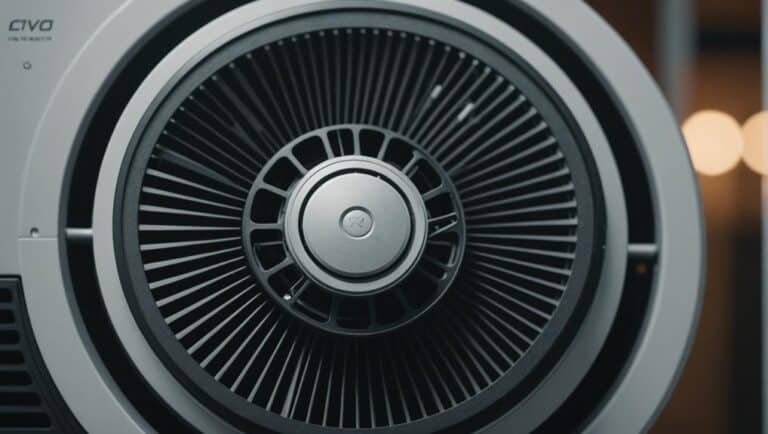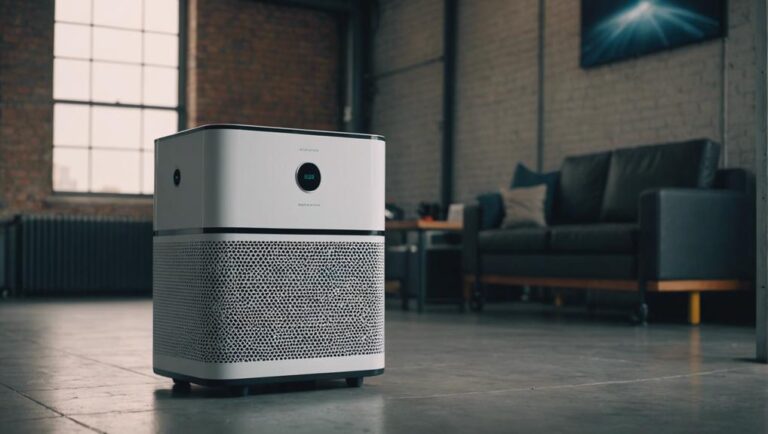how to heat a basement
As winter approaches, homeowners everywhere are preparing for the colder weather and ensuring that their homes are adequately heated. However, many homeowners often overlook one crucial area – their basement.
The basement tends to be the coldest part of a home due to its location and lack of insulation compared to other parts of the house. Therefore, it’s essential to know how to heat your basement efficiently so you can enjoy a warm and comfortable home during those chilly months. In this article, we’ll explore several techniques on how to heat your basement effectively while also saving money on energy bills. So let’s dive in and discover our top tips for heating up your chilly underground space!
Understanding the Challenges of Heating a Basement
Heating a basement poses several challenges that homeowners need to consider. Firstly, most basements tend to be below ground level and lack natural light or ventilation, which makes it colder compared to other parts of the house. Secondly, they have poor insulation and prone to drafts which lead to energy wastage and increased utility bills.
Additionally, when heating a basement using traditional heating systems like furnaces or radiators, air circulation becomes an issue as the warm air rises while cold air sinks. This results in uneven heat distribution with some parts of the room being warmer than others. It’s important to understand these challenges before selecting a heating solution for your basement so that you can find one that best addresses your needs while also being cost-effective.
In conclusion, understanding how to efficiently heat a basement is essential for homeowners who want a comfortable home during winter without having high energy bills. Knowing about the factors affecting your basement’s temperature enables you to choose an optimal solution that will not only provide warmth but also save money on utility costs in the long term.
Insulation: The Foundation of a Warm Basement
Insulation is the foundation of a warm basement. It acts as a protective layer between the cold exterior and your home, preventing heat from escaping and cold air from seeping in. Choosing high-quality insulation for your basement is crucial to ensure that it remains warm during the winter months. Additionally, proper insulation not only helps keep your basement warmer by reducing energy loss, but it can also lower heating bills and improve overall energy efficiency.
When choosing insulation for your basement, there are several options available such as fiberglass batts, spray foam or rigid foam board. Fiberglass batts are easy to install and cost-effective while spray-foam tends to be more expensive but has better insulating properties due to its coverage of small gaps & cracks that other forms cannot reach. Rigid foam boards are popular for their strength & durability while still providing excellent insulation qualities suitable for basements because they don’t absorb moisture like other types of materials might. Whether you choose one or all three of these methods together will depend on factors such as budget when considering long-term benefits versus upfront costs– however taking this step towards improvement could save you money on monthly heating bills over time!
Radiant Heating: A Powerful Solution for Basements
Radiant heating is a powerful solution for homeowners looking to heat their basements effectively and efficiently. This type of heating system works by installing radiant panels into the walls or floors of your basement, which then emit infrared radiation that heats up objects and surfaces directly in its line of sight. As opposed to traditional forced-air systems, radiant heating does not require ducts or vents, allowing for more efficient heat distribution throughout the space.
One significant advantage of radiant heating in basements is its ability to provide consistent warmth without creating drafts or hot spots. Radiant panels also have low maintenance requirements since they do not move air pollutants like dust and allergens around the room, making it an excellent choice for anyone with allergies or asthma. Additionally, you can control individual zones separately from other areas in your home using programmable thermostats. Overall, the implementation of radiant heating can significantly improve comfort levels while reducing energy costs during cold months.
HVAC Systems: What You Need to Know
HVAC systems are a crucial part of keeping your home comfortable during extreme weather conditions. They come in various types, including furnaces, boilers, heat pumps, and ductless units. The type you choose will depend on your budget and heating needs. You also need to consider factors such as energy efficiency ratings and maintenance costs.
When it comes to heating your basement efficiently, insulation is essential. Insulate all walls and the ceiling with fiberglass or foam panels to help retain heat underfoot. Another option is installing a radiant floor heating system that provides warmth from below by running hot water through pipes underneath your basement flooring. Additionally, upgrading with energy-efficient HVAC equipment helps reduce utility bills while providing adequate heating requirements for the space.
Overall, proper knowledge of HVAC systems makes it easier to keep up with changing temperatures without breaking the bank. By using efficient methods like those highlighted above and consulting an experienced technician when necessary can save homeowners both money and valuable time during winter months making sure their homes stay warm air tight throughout every season while remaining within their desired price range..
Space Heaters: A Convenient and Cost-Effective Option
Space heaters are an excellent option for heating your basement. They are convenient, cost-effective, and provide heat quickly without the need for extensive installation or electrical work. With a variety of options available, including portable and wall-mounted models, you can find a space heater that suits your specific needs.
One advantage of using a space heater is it allows you to control the temperature room by room rather than having to heat the entire house at once. Additionally, many modern space heaters come equipped with safety features like tip-over protection and overheat shut-off switches making them safe to use around children and pets.
Overall, choosing a space heater as your basement heating solution offers a practical way to keep your home warm while also reducing energy consumption and saving money on utility bills during colder months.
Fireplace and Stove Installations: Adding Character and Warmth
Fireplace and stove installations are an excellent way to add character and warmth to any home, especially in colder months. Installing a fireplace or wood-burning stove can help heat your basement efficiently while saving money on energy bills. They not only provide extra warmth but also add visual appeal, creating a cozy ambiance for you and your family.
When installing a fireplace or wood-burning stove in your basement, it’s crucial to hire professional installers who understand the necessary safety precautions. Proper ventilation is essential because of the risk of carbon monoxide poisoning. The experts will help you choose the best unit that meets both heating needs as well as design preferences. If done correctly, adding a fireplace or wood-burning stove can create many benefits beyond mere functionality – they make lovely focal points for gathering with friends and family during winter evenings– providing comfort and joy in equal measure!
Other Considerations: Humidity Control and Energy Efficiency
In addition to heating your basement, it’s also important to consider humidity control. Basements are notorious for being damp and musty due to their location in the home, which can lead to mold growth and health issues. To combat this problem, investing in a dehumidifier can help remove excess moisture from the air and create a more comfortable environment. It’s also important to ensure proper ventilation by opening windows or using fans when possible.
When considering energy efficiency, there are several steps you can take to save money on your heating bills. The first is ensuring that your basement is properly insulated. Adding insulation will help keep heat inside the space and prevent it from escaping through any cracks or gaps. Additionally, using a programmable thermostat can help regulate temperatures and turn off heating systems when they’re not needed. Finally, sealing any drafts around windows or doors with weatherstripping will further reduce energy usage by preventing warm air from escaping outside while cold air enters the home. By implementing these practical solutions, homeowners can effectively heat their basements while also reducing energy costs over time.






